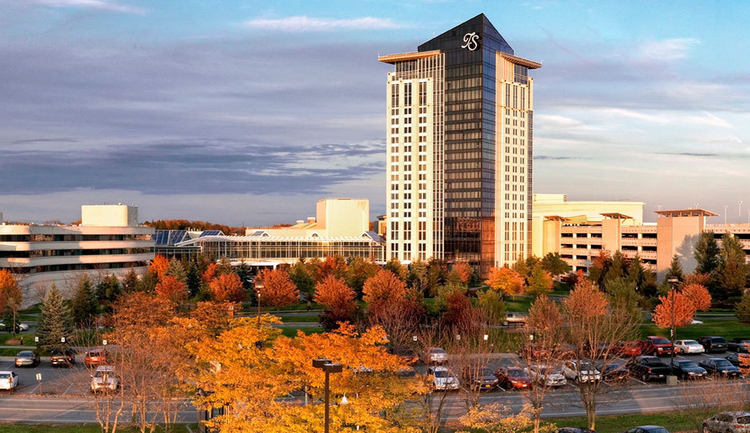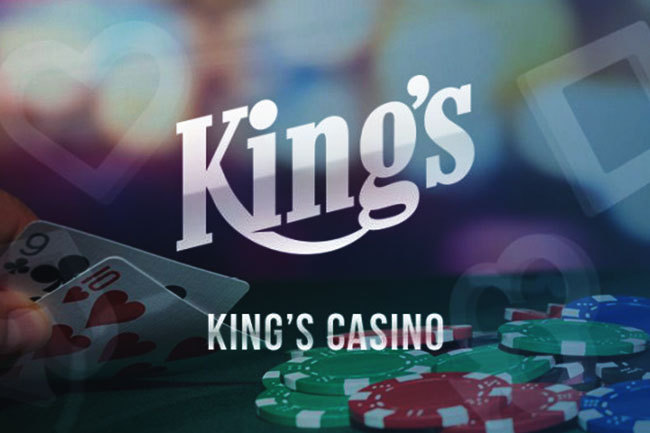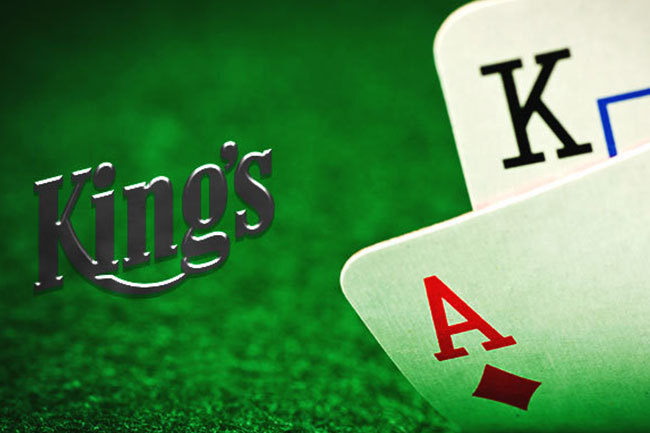 Land-based casino gambling in the U.S. is not confined only to Las Vegas, but it is spreading all over the country. When commercial gambling started booming, Indian gaming has become one of the most discussed topics since legislators passed federal Indian Gaming Regulatory Act in 1988. At present, figures showed that the revenue of tribal casinos is growing faster than that of commercial casinos. A report released by Nathan Associates, an economic consulting firm appointed by the American Gaming Association, revealed that tribal-owned gambling properties in the U.S. contributed revenue and tax payments of $16 billion in total. The statement covered all federally recognized tribes, settled in different states.
Land-based casino gambling in the U.S. is not confined only to Las Vegas, but it is spreading all over the country. When commercial gambling started booming, Indian gaming has become one of the most discussed topics since legislators passed federal Indian Gaming Regulatory Act in 1988. At present, figures showed that the revenue of tribal casinos is growing faster than that of commercial casinos. A report released by Nathan Associates, an economic consulting firm appointed by the American Gaming Association, revealed that tribal-owned gambling properties in the U.S. contributed revenue and tax payments of $16 billion in total. The statement covered all federally recognized tribes, settled in different states.
The tribes’ contribution to the country’s coffers is a definite indication of their performance. The overall financial outlook disclosed that the native gambling venues have a positive influence on the country’s economy. Nathan Associates’ report found out that tribal-owned casinos across the U.S. have drastically decreased the unemployment rate, as these have created 635,000 jobs and have generated more than $33 billion in wages. The Native American casinos have also stimulated economic activity as the gambling venues have generated nearly $97 billion in sales.
As for 2014, the report showed that the tribal-owned gambling facilities had a fair share of the total gambling revenue of all casinos, accounting for a bit more than 44%. Even though tribal casinos generated 6% less in revenue than commercial casinos, their revenue growth outpaced the total revenue generated by commercial casinos. Based on the aforementioned figures, experts have estimated that the tribal casinos fuel revenue growth in the U.S. and these are an important factor for the country’s economic development.
State-by-State Analysis of Tribal-Owned Casinos’ Performance
 The report titled “The Economic Impact of Tribal Gaming: A State-by-State Analysis” was presented last week at an event in Oklahoma City, Okla. It contains information not only about the overall performance of the Native American casino industry, but also a state-by-state statistics. A breakdown of the tribal casino vertical shows that Connecticut is the state to reap the most benefits. Its two tribal-owned casinos contributed the highest tax revenue and direct payments to federal, state and local governments in comparison to the other tribal-owned gambling facilities in other states, which have more tribal-owned gambling facilities than Connecticut.
The report titled “The Economic Impact of Tribal Gaming: A State-by-State Analysis” was presented last week at an event in Oklahoma City, Okla. It contains information not only about the overall performance of the Native American casino industry, but also a state-by-state statistics. A breakdown of the tribal casino vertical shows that Connecticut is the state to reap the most benefits. Its two tribal-owned casinos contributed the highest tax revenue and direct payments to federal, state and local governments in comparison to the other tribal-owned gambling facilities in other states, which have more tribal-owned gambling facilities than Connecticut.
The report revealed that Connecticut-based Foxwoods Resort Casino and Mohegan Sun paid a total of $828.6 million in taxes and other payments in 2014. Here it is interesting to note that Foxwoods is recognized as the largest casino in North America.
California was ranked on top of the list, reaping $3 billion in payments from its 72 Native American gambling facilities. Oklahoma’s 126 tribal-owned gambling facilities accounted for almost $2.2 billion in taxes and other payments. Washington collected $1.2 billion in taxes from its 32 tribal-owned gambling venues, while Florida’s 8 Native American casinos paid a total of $1.1 billion to all levels of government.



















